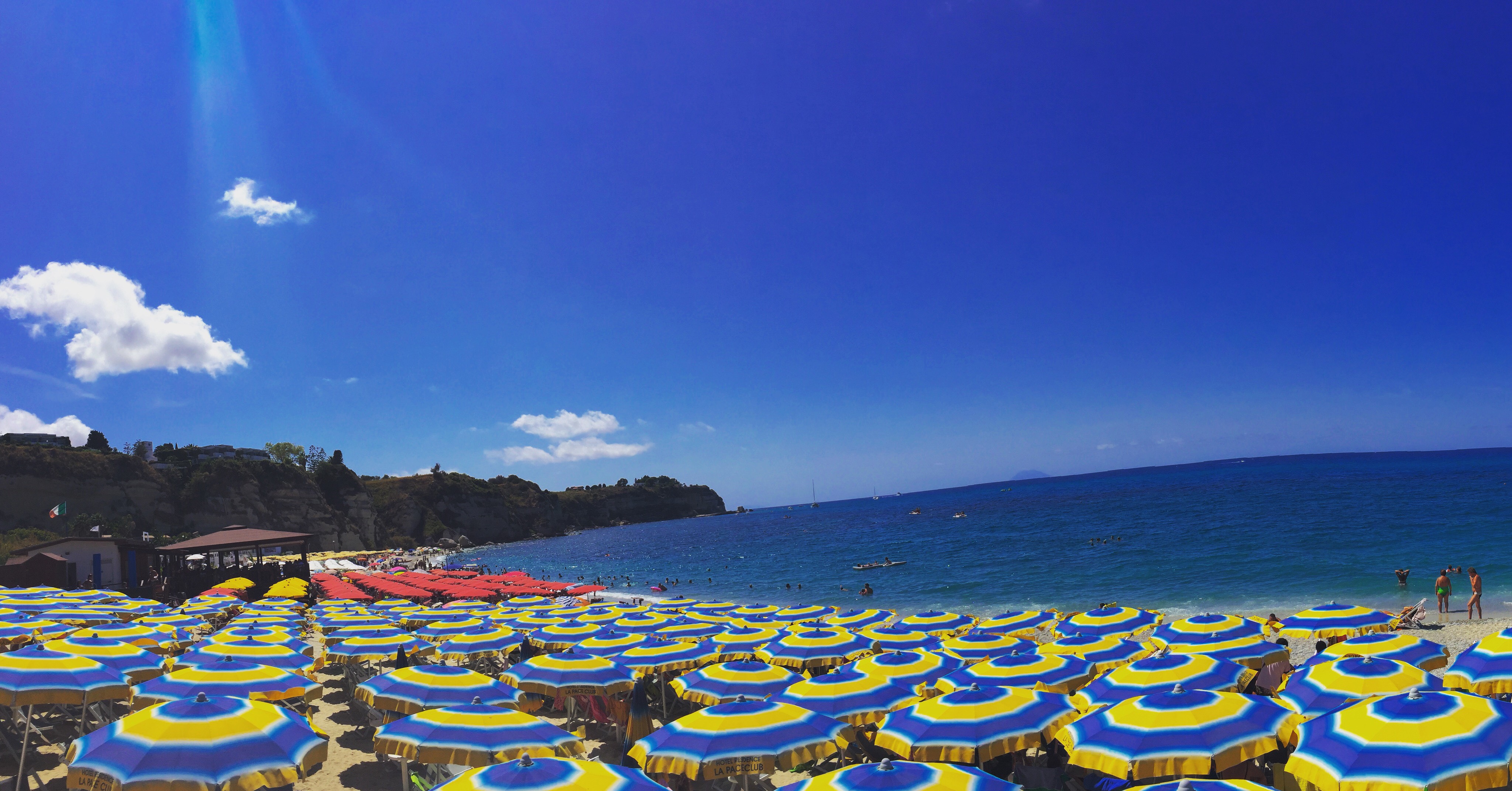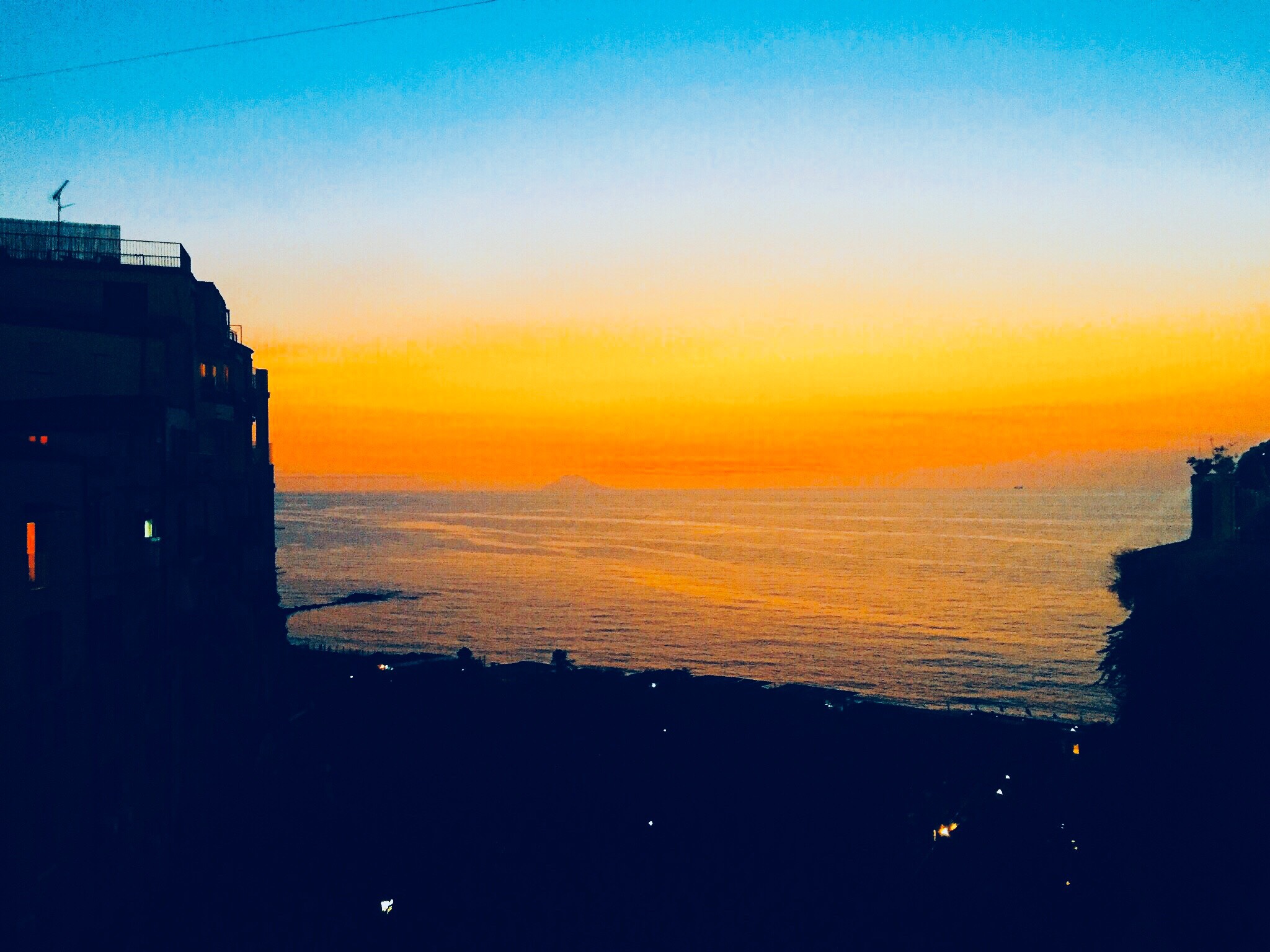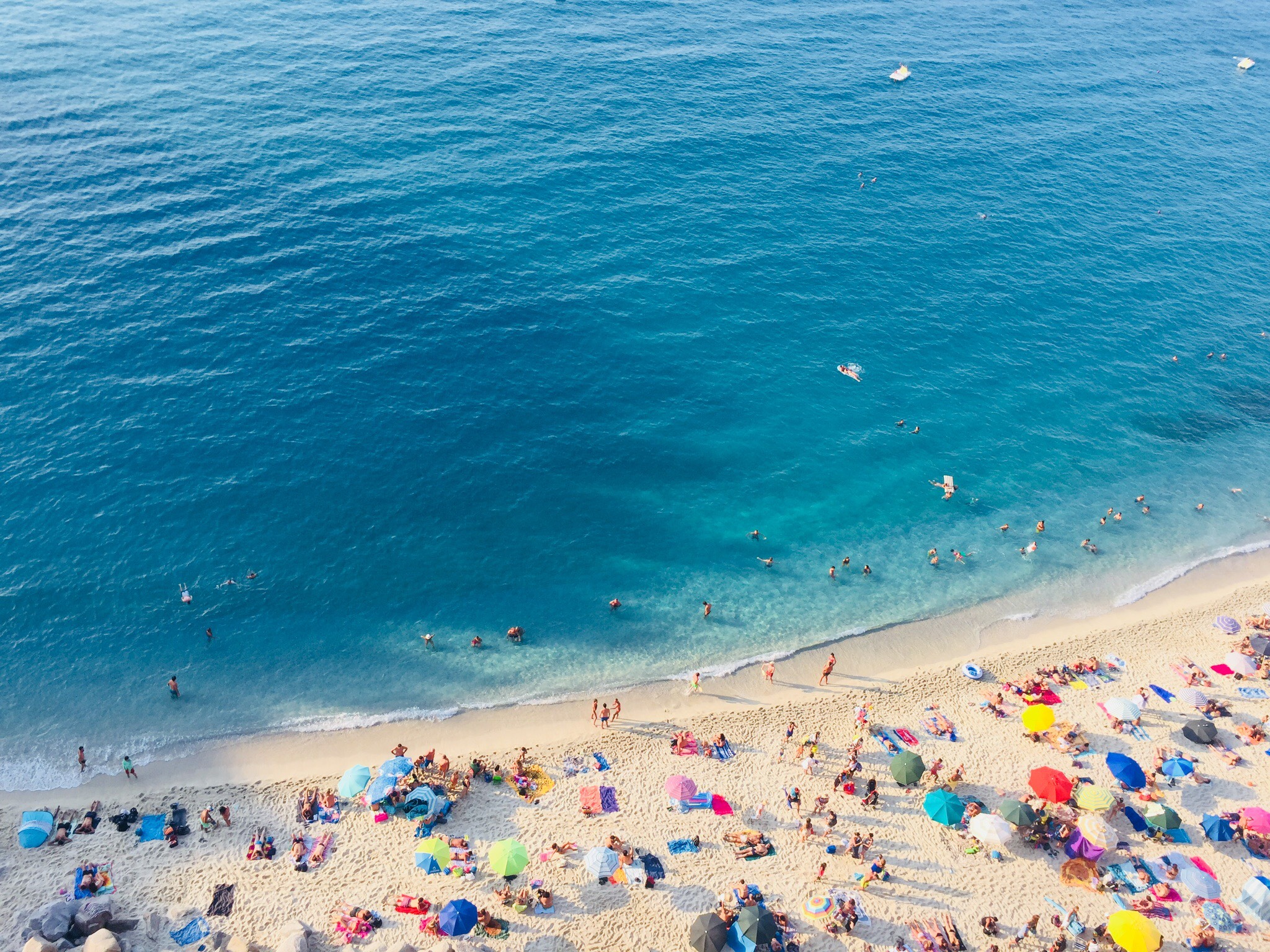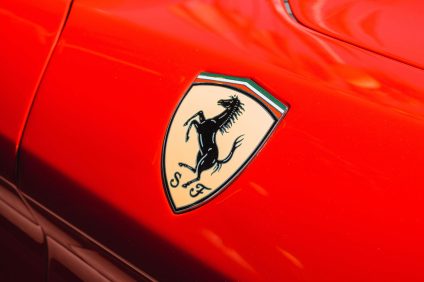Tropea, stands on a promontory between the Gulfs of Gioia and S.Eufemia, and is the capital of the Capo Vaticano region, located in the central-western part of the province of Vibo Valentia, on the slopes of Monte Poro in Calabria.
Its morphology is rather particular, as it is divided into two parts: the upper one where most of the inhabitants reside, with a historic center full of ancient Baroque palaces, built on the rock directly overlooking the sea, from where a panorama opens. enchanting, as if you were on a terrace. From here you can see the islet, called "rock", on which stands the ancient Benedictine sanctuary with the Church of Santa Maria dell'Isola, dating back to 370 AD

La Church of Santa Maria dell'Isola
The sanctuary can be reached via a staircase carved into the rock of the islet itself, while around the church there is an enchanting garden of Mediterranean plants, in front of which a spectacular view of the sea opens up to the eyes of the tourist with the Aeolian Islands in the background. Stromboli, the island of Vulcano and Sicily on which Etna stands majestically.
In the underlying part of Tropea, called Marina, near the sea, you can enjoy about three km of white beaches, a paradise for lovers of the genre and the seabed, where it is possible to dive into waters that have nothing to envy. to the Caribbean seas.
Legend has it that the founder of Tropea was Hercules, who on his return from Spain stopped on the Costa degli Dei, also known as Costa Bella, and made Tropea one of its ports.
Historically we know instead that Tropea was inhabited since the Bronze Age, in fact, tombs of Magna Graecia origin have been found which confirm this. The territory was later conquered by the Romans, who settled there a commercial port, and thanks to its strategic position as a terrace overlooking the sea, this locality played an important role not only in Roman times, but also under the Byzantine rule, which however ceased. after a long siege by the Normans, under which it increased its wealth and then prospered also with the Aragonese.

The red onion of Tropea
In more recent times, discovered by travelers intent on the "Grand Tour", Tropea has known a certain notoriety not only for its natural beauties, but also for its architecture, enjoying a great tourist boom.
The economy of Tropea is also linked to agriculture due to the well-known "red onion of Tropea", but also to trade, and is also characterized by an interesting local craftsmanship. However, summer tourism is the most important aspect of the local economy, in fact, this Tyrrhenian town is also called the Saint Tropez of the South. It is possible to make underwater, marine and cultural itineraries by contacting the Pro loco.
The local cuisine is not negligible, based both on inland products, including the Calabrian chili pepper and also on the abundant fishery products.
There are many i typical dishes, among which: the “filei”, a handmade pasta, or the omelettes stuffed with ricotta and salami, the “pitta di ninnata” and the fried “surici”.

Events
Important and very popular is the Patronal Festival, and many other events, especially in summer, among which the National Literary Award named after the city stands out, which annually attracts many prominent authors from all over Italy.
Remarkable is the feast of "I tri da cruci" which is held every year on May XNUMX with "The dance of the camel", followed by a bonfire with fireworks and typical folk dances.
The Tropea Film Festival is also highly anticipated in August, a very popular review, while then in September, in the heart of the historic center, the very popular Tropea Blues Festival takes place.
For lovers, do not miss the Blue Fish Festival and the Tropea Red Onion Festival.






